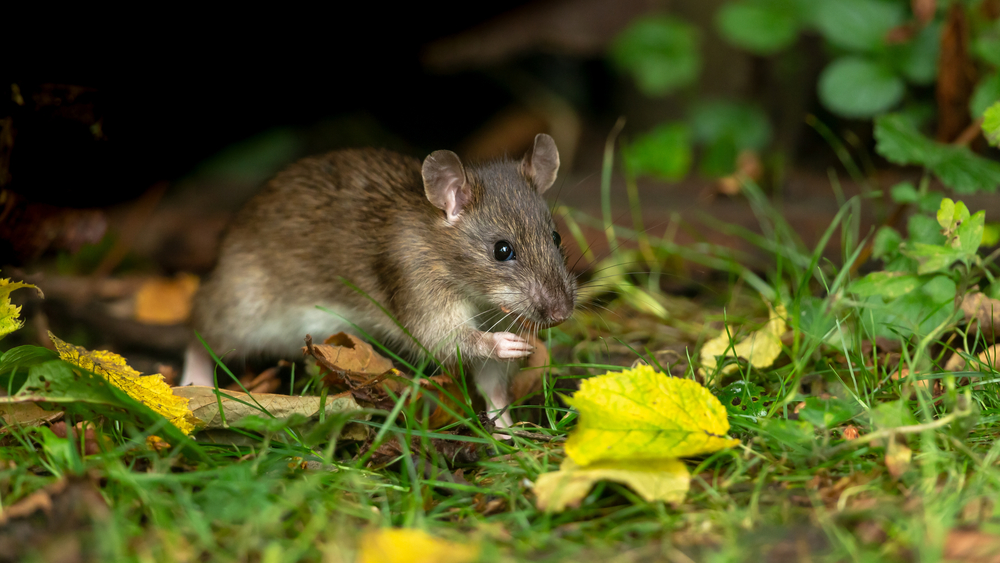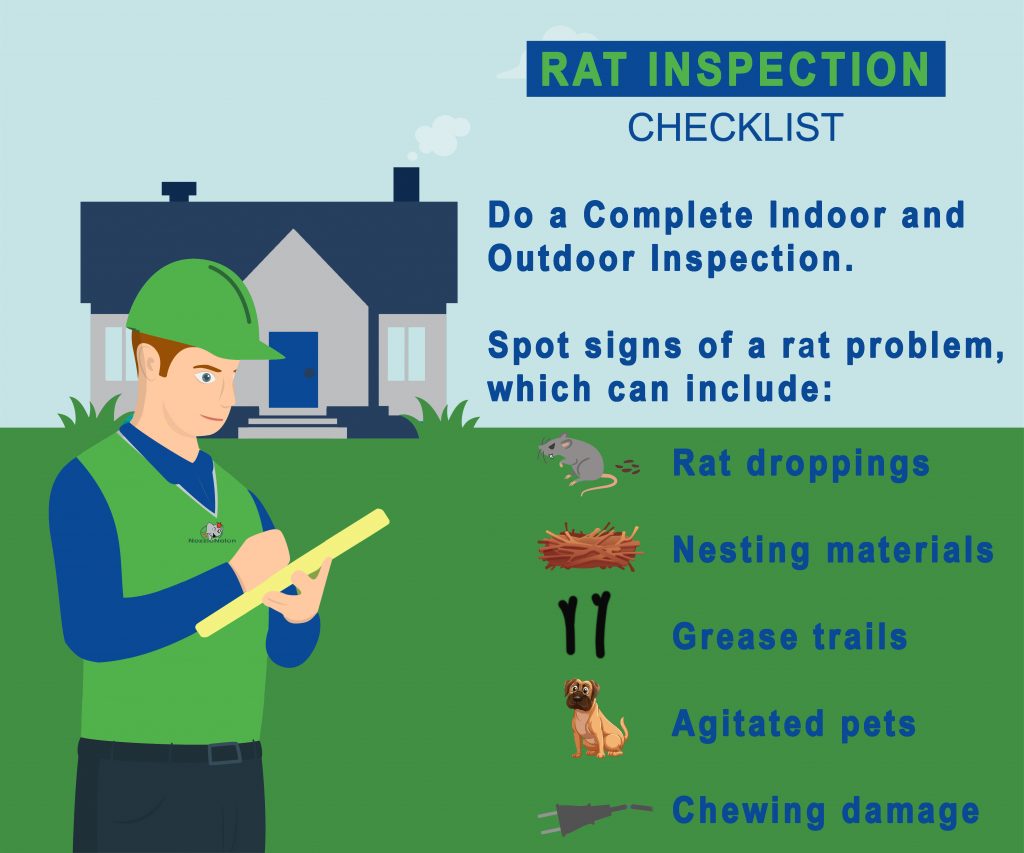
In South Florida, rats can be quite a nuisance. In the short video below, Kevin Grindell of Nozzle Nolen shares how rats get in, how to get rid of rats, and why it is so important to keep them out.
There are two types of rats in South Florida to look out for. First, the Roof rat is one of Florida’s most abundant and problematic rats. They can grow to more than a foot in length and come in a variety of colors. Also known as “fruit rats,” these rodents are attracted to garbage, fruit and nut trees, bird feeders, and essentially anything that can offer them a food source.
Commonly referred to as the “sewer rat,” Norway rats are another species of rodent found here in South Florida. Norway rats are often carriers of various diseases and can also be very destructive, burrowing under homes potentially causing damage to the foundation and structure of your residence. If you notice these pesky critters around your home, it is important to take the necessary steps to get rid of them.

How to Get Rid of Rats: A Step-by-Step Guide
The most effective way to eliminate a rat infestation in a business, home, or boat is by hiring pest control experts who have experience in rat removal. However, we have put together a guide with steps that will help you prevent rats from invading your premises and what to do if they’ve found their way in.
1. Do a Complete Indoor and Outdoor Inspection
Start with a careful examination of your home, business, or boat to spot signs of a rat problem, which can include:
- Rat droppings
- Nesting materials
- Grease trails
- Agitated pets
- Chewing damage
Roof rats love to make homes in attics. The same insulation that keeps your family warm makes for a nice warm nest for them. So, check your attic for indications of rats, such as disturbed insulation, damage to walls, remnants of food, droppings, or nests. Listen at night for sounds of rats scurrying in walls, ceilings, or crawl spaces, which may indicate the presence of roof rats or Norway rats in your attic.
2. Rodent Exclusion: Identify and Close Off Any Potential Entry Points
Common entry points for rats are holes in the building’s walls and missing shingles on the roof. Inspect the walls and roof to spot and fill any cracks or holes. The goal is to deter the rats by making it difficult to break in so that they choose a different location to make a home.
Identifying these entrances and making the necessary changes is a crucial first step in creating a barrier around your home that will fight against future pest problems.
3. Determine the Best Locations to Place Rat Traps
Rat traps aren’t the most effective approach to removing a significant rat infestation, but they are a good choice for locations where only a few rats have been spotted. First, you have to know which type of trap will best suit your situation. The most common are snap traps, electric traps, and glue traps. Rodenticides are another option, however, they may not be the best option for families with pets or small children.
4. Work With an Experienced Pest Control Service
Unfortunately, once rats have found a comfortable home, they become difficult to oust no matter how hard you work at blocking their entry points and setting traps. It can take a great deal of time and effort to continually check traps and hunt out the most recent rat pathways and nests. If you are facing a significant rat infestation, get professional help to take care of the problem and ensure the safety of your family and loved ones.
Using Traps to Eliminate Rats in Your House and Yard
If you are confident that you are only dealing with a few rats, trapping is the safest and most economical way to get rid of rats. The three most common traps include snap traps, live traps, and bait stations.
- Snap traps close on the animal after the trap’s bait or trigger is disturbed. They rely on a powerful snapping device to close when the rat takes the bait. The traps need to be large enough to prevent only injuring the rat when they spring.
- Live traps take advantage of the rat’s tendency to dig and tunnel. They are designed to let the rat get in but keep it from getting out. The devices rely on a wind-up mechanism that is triggered by touch.
- Bait stations are self-contained devices that enclose a rodenticide in block or paste form. The stations lure the rat to the poisoned bait, where it eats and exits. The rat dies later, hopefully away from the house or yard.
In the case of snap traps and live traps, the devices must be checked regularly to ensure any rat that is caught is released far from the house or yard, or humanely destroyed.
Knowing how to get rid of rats in your South Florida home is one thing But, clearing an active rat infestation is another. These pests can be tricky and relentless, and if you notice signs of an infestation, call for local rodent control services to get the help you need.
Getting Started With Nozzle Nolen
Our 365 Complete Protection Plan provides year-round pest protection from rats and more than 20 other South Florida pests.
Nozzle Nolen has been serving the South Florida area for over 70 years. So, if you are facing an active rat infestation or would just like more information on how to get rid of rats. Contact Us or call us at 800.226.6536 to schedule your free evaluation. We look forward to serving you.




